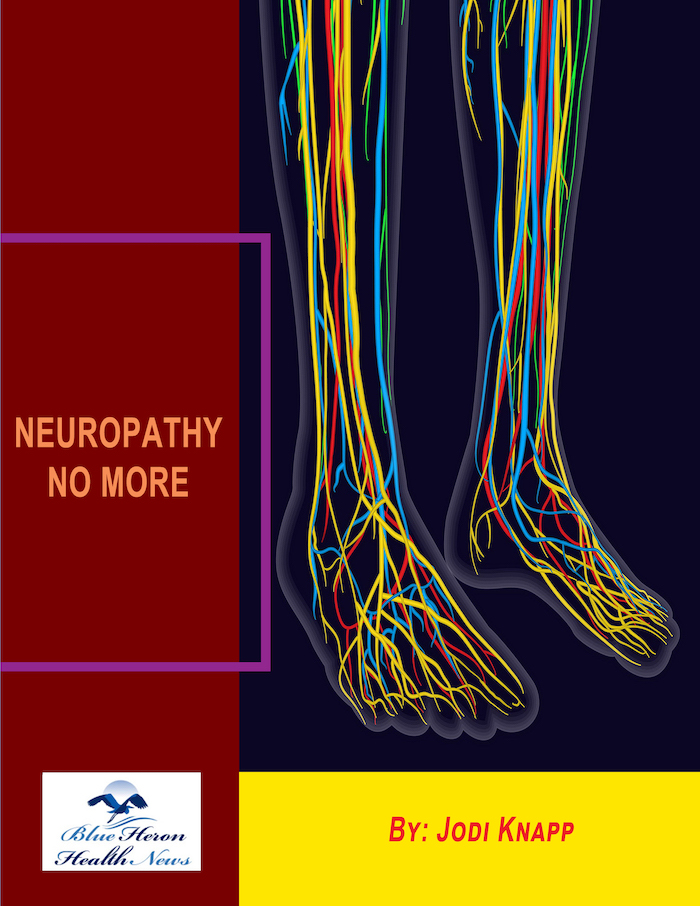
Neuropathy No More neuropathy No More By JODI KNAPP neuropathy is one of the most painful diseases which can make people suffer a lot. Even though medical science has progressed a lot, it could not really found a solution for this condition. This is because the condition is deep routed. You have to make sure that you are changing some of the lifestyle patterns to get relief from the symptoms. The Neuropathy No More is exactly what you need for that. This program is quite helpful and can provide you with all the important information that you will need to ensure better life without the symptoms.
What is the prevalence of neuropathy in Canada?
The prevalence of neuropathy in Canada varies depending on the specific population and type of neuropathy being considered. Neuropathy is notably common among individuals with diabetes, a condition that often leads to diabetic neuropathy. Studies suggest that the prevalence of neuropathy among adults with diabetes in Canada ranges from approximately 11% to 46%, depending on factors such as the duration of diabetes and glycemic control. Among the Canadian First Nations populations, a study reported a prevalence of 46% for neuropathy in adults, highlighting significant health disparities in certain communities (Diabetes Journals) (Diabetes Journals).
Peripheral neuropathy, which is the most common form, affects an estimated 1% to 7% of the general population, with the prevalence increasing to 15% to 20% among individuals over the age of 40. This condition can be associated with various risk factors, including diabetes, alcohol abuse, and certain medications (SpringerLink) (AAFP).
These statistics underscore the importance of regular screening, especially in high-risk populations, to manage and prevent the progression of neuropathy. Effective management includes controlling underlying conditions like diabetes, monitoring symptoms, and adopting preventive measures such as proper foot care and lifestyle modifications.
What are the risk factors for developing neuropathy?
The risk factors for developing neuropathy are diverse and depend on the underlying causes and types of neuropathy. Here are some common risk factors:
1. Diabetes
- High Blood Sugar Levels: Chronic hyperglycemia can damage nerves over time, making diabetes a leading cause of neuropathy, especially diabetic peripheral neuropathy (AAFP).
2. Alcohol Use
- Chronic Alcohol Abuse: Alcohol can have toxic effects on nerves and contribute to nutritional deficiencies (such as thiamine deficiency), which can lead to alcoholic neuropathy (AAFP).
3. Nutritional Deficiencies
- Vitamin Deficiencies: Deficiencies in essential vitamins, particularly vitamin B12, B1 (thiamine), and B6, are significant risk factors for neuropathy. These vitamins are crucial for nerve health and proper nerve function (AAFP).
4. Autoimmune Diseases
- Immune-Mediated Nerve Damage: Conditions such as rheumatoid arthritis, lupus, Guillain-Barré syndrome, and Sjogren’s syndrome can involve the immune system attacking nerve tissues, leading to neuropathy (AAFP).
5. Infections
- Infectious Agents: Certain infections can lead to neuropathy, including HIV/AIDS, Lyme disease, hepatitis C, and shingles (herpes zoster). These infections can directly damage nerves or cause inflammation that affects nerve function (AAFP).
6. Toxins and Chemical Exposures
- Exposure to Neurotoxins: Exposure to heavy metals (like lead, mercury, and arsenic), industrial chemicals, and certain medications can cause toxic neuropathy. Common medications include chemotherapy agents and some antibiotics (AAFP).
7. Genetic Factors
- Hereditary Neuropathies: Genetic mutations can lead to inherited neuropathies, such as Charcot-Marie-Tooth disease, which affect nerve function and can be passed down through families (AAFP).
8. Chronic Kidney Disease (CKD)
- Uremic Neuropathy: Chronic kidney disease can lead to the accumulation of toxins in the body that can damage nerves, resulting in neuropathy (AAFP).
9. Hypothyroidism
- Low Thyroid Hormone Levels: Hypothyroidism can contribute to the development of neuropathy by slowing down metabolism and affecting nerve function (AAFP).
10. Trauma and Physical Injury
- Nerve Damage from Injuries: Physical trauma, such as fractures, accidents, or surgical procedures, can damage nerves directly or through compression (AAFP).
11. Age
- Increasing Age: The risk of developing neuropathy increases with age, particularly for conditions like diabetic neuropathy and idiopathic neuropathy (neuropathy with no identifiable cause) (AAFP).
12. Certain Medications
- Neurotoxic Medications: Some medications, including those used for treating cancer (chemotherapy), HIV/AIDS, and epilepsy, can have neurotoxic side effects leading to neuropathy (AAFP).
13. Lifestyle Factors
- Sedentary Lifestyle and Poor Diet: Lack of physical activity and poor dietary choices can contribute to conditions that increase the risk of neuropathy, such as diabetes and obesity (AAFP).
Understanding these risk factors can aid in the early identification and management of neuropathy, potentially preventing or mitigating its impact. Regular monitoring and addressing these factors, when possible, are crucial for individuals at risk.
Neuropathy No More neuropathy No More By JODI KNAPP neuropathy is one of the most painful diseases which can make people suffer a lot. Even though medical science has progressed a lot, it could not really found a solution for this condition. This is because the condition is deep routed. You have to make sure that you are changing some of the lifestyle patterns to get relief from the symptoms. The Neuropathy No More is exactly what you need for that. This program is quite helpful and can provide you with all the important information that you will need to ensure better life without the symptoms.